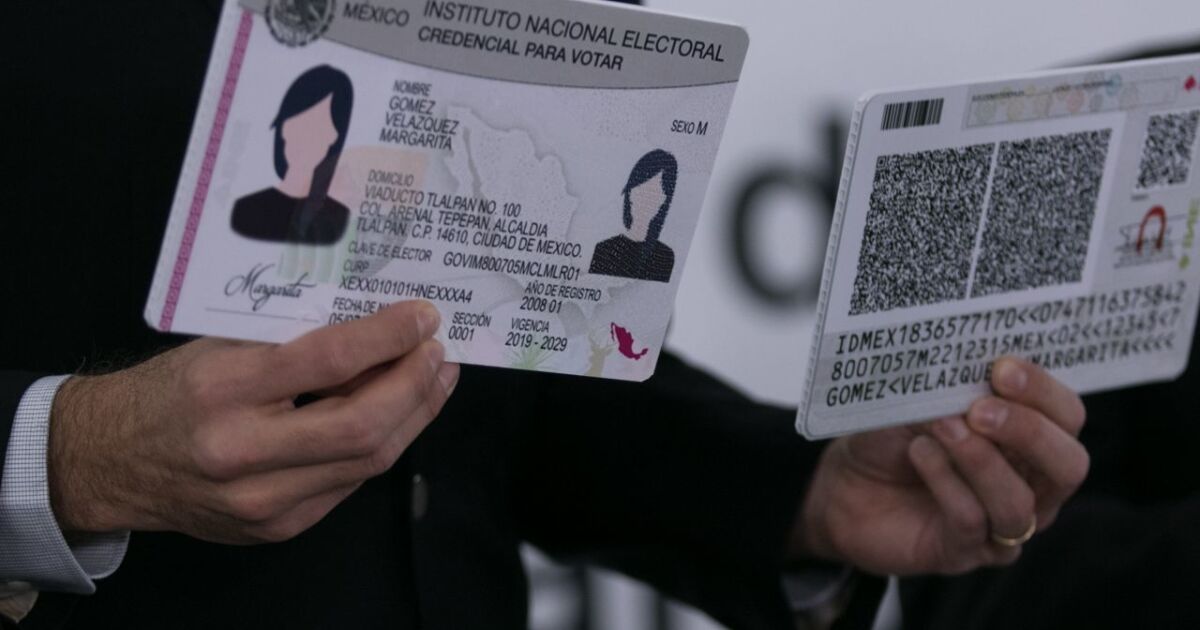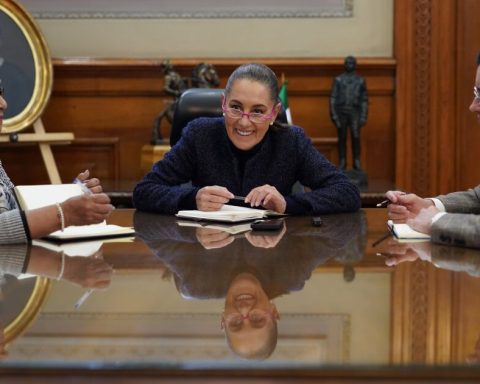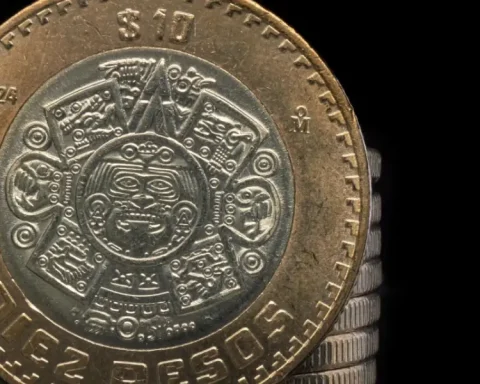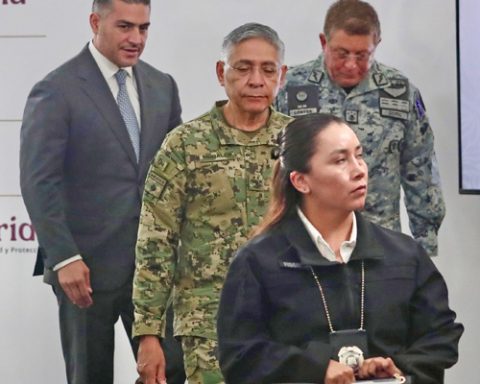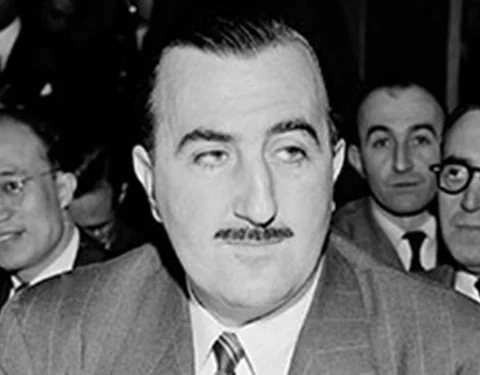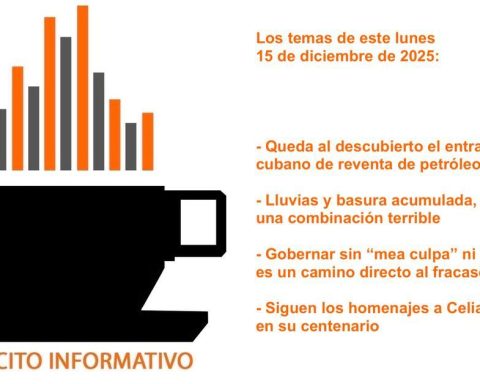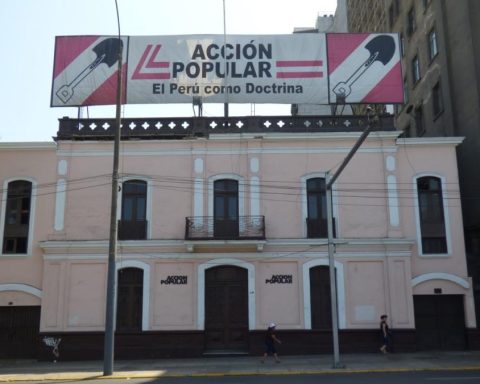For this, the General Council of the National Electoral Institute (INE) approved a protocol that allows the LGBT+ community to update their green card to vote and include their image with the current appearance of trans voters.
Thus, of the total, Mexico City accounts for the largest number of requests with 24,140, followed by the State of Mexico with 14,941; Puebla, 7,214; Guanajuato, 3,487; Quintana Roo; 2,674; Queretaro, 2,594; Zacatecas, 2,422 and Veracruz, 2,133. In 2020, 20,500 were counted; in 2021, 48,077 and so far this year, 23,006, according to data from the Federal Register of Electors (RFE).
Protocol:
The Institute recalled that among its tasks is to safeguard the effective exercise of political-electoral rights and promote compliance with the obligations of citizenship.
This, by recognizing that there are still social prejudices that permeate society and public powers, which generate direct and indirect discriminatory practices towards this population group.
And it is that through the protocol, the trans population can go to vote and when showing their green card, their name does not necessarily have to match the appearance or clothing they wear at that time, because “all people must enjoy, de facto, equal rights and freedoms”.
In addition, people from the LGBTTTI group (lesbians, gays, bisexuals, transvestites, transgender, transsexuals and intersex) have the same rights to vote and be voted for, and their political participation must be guaranteed.
At the time, the electoral advisor Dania Ravel explained that whoever needs the data to appear on the credential and to be able to see it, will request that it be so, 2but whoever is being discriminated against for that condition will request that it not appear visible.”
